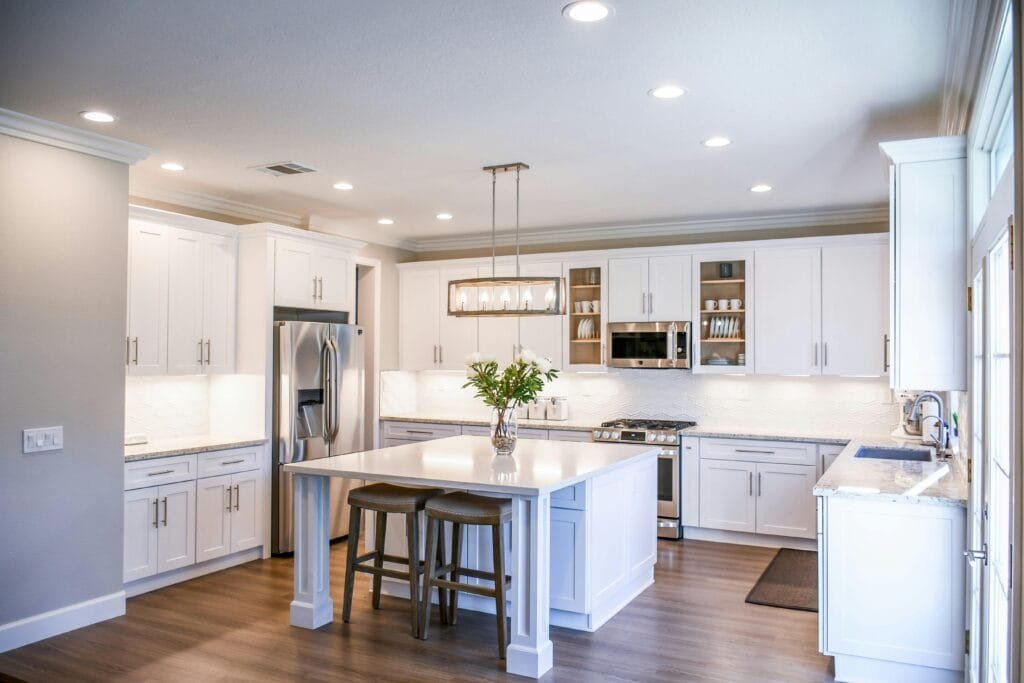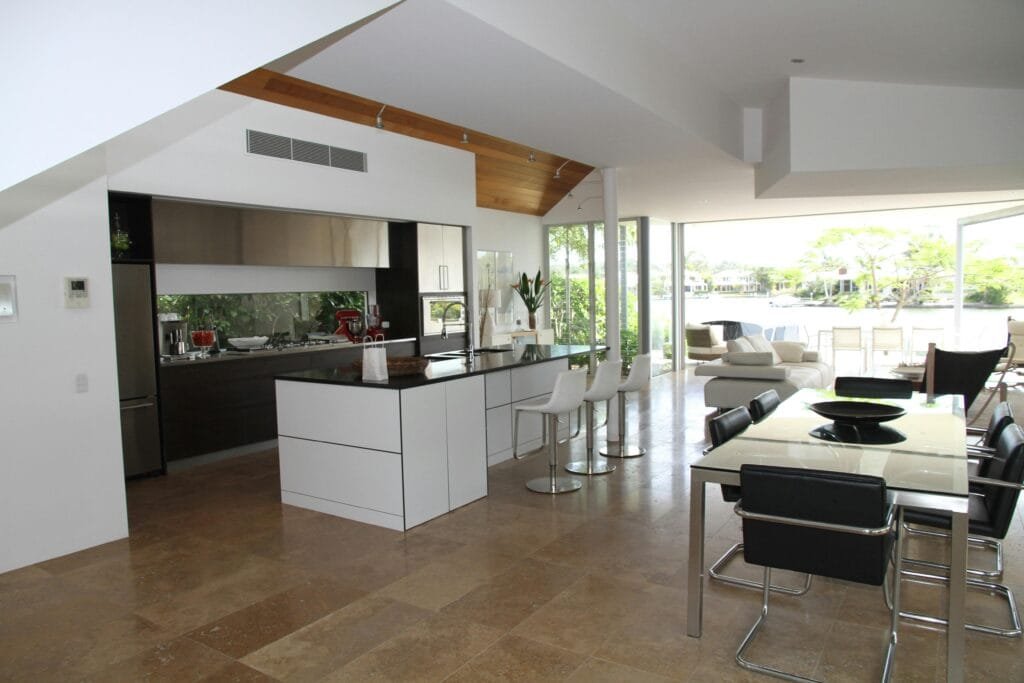
Chapter One: The Pinterest Dream
When Lauren and James bought their 1940s bungalow, they knew the kitchen would be the heart of their renovation. White oak floors, matte brass hardware, arched doorways—every detail had been carefully pinned and planned. But when it came to the countertops, they hit a surprisingly tricky fork in the road: 2cm or 3cm quartz?
Lauren leaned modern. Clean lines. Minimalist. She loved the sleek look of 2cm slabs—so European. James, on the other hand, thought thicker meant stronger. “What if it chips? What if it cracks?” he’d argue.
Neither of them expected this debate to stall their entire renovation.
Chapter Two: The Showroom Dilemma
The day they walked into the stone showroom, everything changed. Standing in front of two nearly identical quartz samples—one 2cm, one 3cm—they couldn’t believe how different they felt in person.
“The 3cm just looked… substantial,” Lauren later told me. “But I was still obsessed with that airy, contemporary feel of the 2cm.”
Their design consultant explained the practical side.
2cm quartz was lighter, less expensive, and could float effortlessly in sleek, modern kitchens. But it often required added plywood beneath and edge build-ups to simulate thickness.
3cm quartz, on the other hand, was heavier, stronger, and required no support structures—a more seamless install with long-term durability.
It wasn’t just about aesthetics anymore—it was about investment.


Chapter Three: A Tale of Two Kitchens
Ironically, Lauren’s sister was remodeling at the same time. She chose 2cm quartz for her small galley kitchen—going all in on that minimalist vibe. Her countertops looked stunning… until their toddler climbed on a stool and dropped a cast iron pan onto the edge. The chip was barely visible—but Lauren noticed. Every. Time.
Meanwhile, Lauren and James had chosen 3cm quartz. Yes, it cost a little more upfront. But it became the foundation for a space that felt grounded, elegant, and incredibly durable.
“I have no regrets,” James said when I visited their home months later. “That kitchen feels like it could survive anything.”
Chapter Four: The Verdict from a Designer’s Eye
As a designer, I always tell people: the best choice is the one that fits both your lifestyle and your design language. If you’re installing new countertops in a modern condo with limited cabinet support, 2cm might be right for you—just be prepared for added support and possible trade-offs.
But if you’re building your forever kitchen? Hosting holidays? Have kids or a partner who treats your quartz like a workbench? Go with 3cm. The thickness adds presence. Strength. Timelessness.


Chapter Five: The Quiet Luxury of Confidence
Lauren and James’ kitchen now glows in natural light. Their 3cm quartz countertops anchor the space, running seamlessly up the backsplash in one bold sheet. Guests often ask if the stone was custom. It wasn’t. It was simply the result of a smart decision backed by research, clarity, and a little help from people who’ve been there before.
“I thought I wanted minimalism,” Lauren told me, “but what I really wanted was peace of mind.”
And that’s what choosing the right quartz thickness is really about. Not just the look—but the feel of knowing you’ve built something solid.
Don’t wait!
Contact us now to schedule your consultation and discover how we can transform your kitchen into the heart of your home!
So, Before You Choose…
Think about the way you live. The way you cook. The way you dream about your space.
And when the moment comes to pick between 2cm or 3cm quartz, remember Lauren and James’ story.
Because your countertops aren’t just a surface—they’re the stage for everything that happens next.
